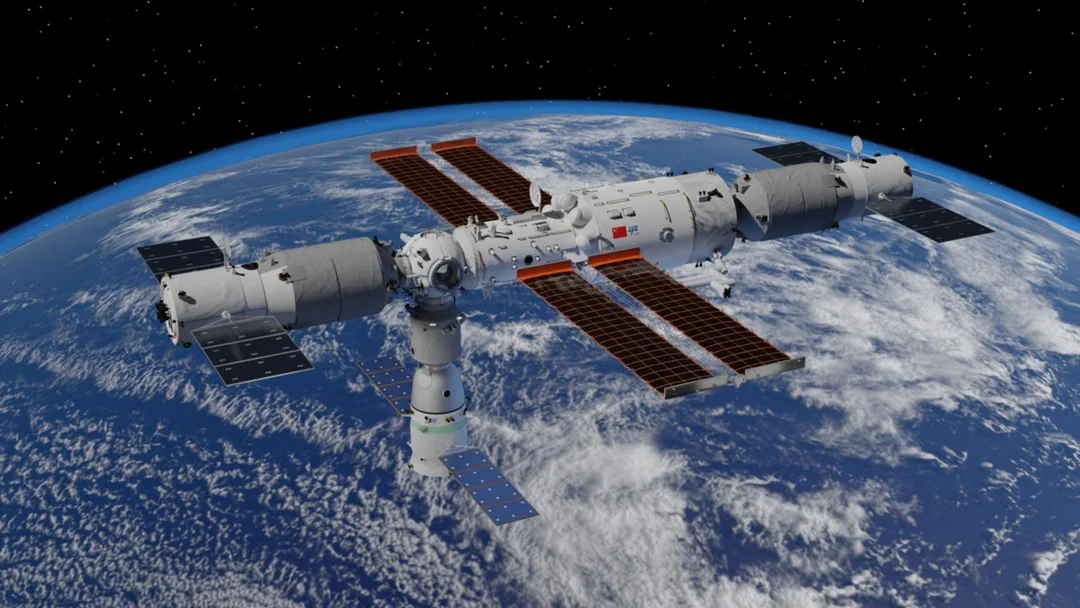
New Space Bacteria Discovery: Is Tiangong Station a Hotbed for Novel Microbes?
A groundbreaking discovery aboard China’s Tiangong space station has scientists buzzing: a bacterium unlike any seen before on Earth. Dubbed Niallia tiangongensis, this microbe presents a fascinating look into how life adapts in the unique environment of space, but it also raises important questions about astronaut health and spacecraft integrity. Is this just the tip of the iceberg when it comes to space bacteria?
The bacterium was identified by Dr. Junxia Yuan and her team in Beijing after samples were taken from the station and returned to Earth. Genetic and biochemical tests revealed that this rod-shaped microbe is not only new but also seemingly well-suited to the conditions hundreds of miles above Earth's surface. What makes this discovery so intriguing is the potential insight it offers into how microbes adapt to low gravity and high radiation.

One of the key characteristics of Niallia tiangongensis is its ability to form spores, resilient structures that help organisms survive harsh conditions. As noted by the study's authors, this ability aids its survival in the space environment. Furthermore, the bacterium breaks down gelatin in a unique way, which could be crucial in nutrient-poor environments.
This discovery came about as part of the China Space Station Habitation Area Microbiome Program (CHAMP), where crew members collected swab samples to understand how bacteria adjust to microgravity. Scientists are particularly interested in whether these shifts could pose hazards in the future, especially considering long-duration missions to the Moon or Mars.
While the discovery of Niallia tiangongensis is exciting, it also raises concerns. Investigations into the microbe’s genetic profile suggest it is akin to a known bacterium called niallia circulans, which can cause sepsis in immunocompromised individuals. Researchers are now focused on comparing genetic data, growth patterns, and resilience to radiation in both microbes to determine if the space-based bacterium poses a similar threat.
Beyond astronaut health, there's also the potential impact on spacecraft systems. Bacteria on station surfaces can hinder machinery, with microbial films potentially degrading important materials and introducing safety issues. Maintaining cleaning processes is therefore essential, and engineers may need to rethink surface protection strategies if this new microbe proves challenging to remove.

The question remains: did Niallia tiangongensis emerge spontaneously in space, or did it hitchhike from Earth? The bacterium's robust nature suggests it could survive weeks in orbit, highlighting gaps in our knowledge about the vast array of microorganisms around us. As future missions venture further into space, understanding how microbes adapt in these environments will become increasingly crucial.
This discovery underscores the crucial role of ongoing research, like the CHAMP program, in gathering data on microbial diversity in space. By observing these organisms throughout long flights, we can clarify how they adapt and evolve, enabling quicker responses if a newcomer turns out to be invasive or harmful. The study is published in the International Journal of Systematic and Evolutionary Microbiology, offers a glimpse into the complexities of life beyond Earth.
The discovery raises questions about the origin and potential impact of space bacteria. What further adaptations will we find and how will they affect space travel and technology? Share your thoughts and perspectives in the comments below!